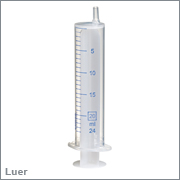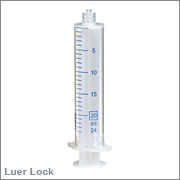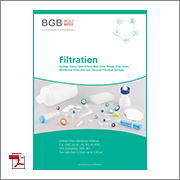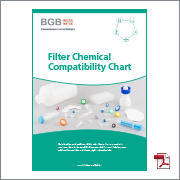Syringe Filters

Simplify Sample Preparation and protect Analytical Equipment using BGB Syringe Filters
- Cost-effective, reliable filtration
- Protect analytical columns and instruments
- Achieve more reproducible analyses
- Variety of filter types, porosities, and diameters
Clean sample extracts are highly important for the maintenance of analytical instruments. Particles commonly found in extracts can quickly damage instrument components, resulting in costly downtime and repairs. Chromatographic columns, injectors, detectors, and small-diameter tubing can easily get plugged with particles. Or the gradual accumulation of particles can affect flow rates and cause interference that reduces overall reproducibility. Clean extracts will greatly extend the life of chromatography columns and spare parts, particularly for HPLC systems. The membrane of the syringe filter should be selected based on matrix and solvent characteristics. You can find a Chemical Compatibility Chart in the right side banner. The syringe filter, with a female Luer Lock inlet and a male slip outlet, fits easily onto the end of the disposable syringe. Gently push the extract through the filter into a sample vial for injection, removing harmful particles from the extract. By using a syringe with a Luer Lock tip, a secure connection can be created that can withstand higher filtration pressures. For the correct selection of the syringe filter, the diameter, the pore size, and the membrane play a role. The sample volume determines the choice of diameter and keeps the filter from becoming overloaded. The pore size depends on the application and, in the case of HPLC, on the particle size of the column packing.





